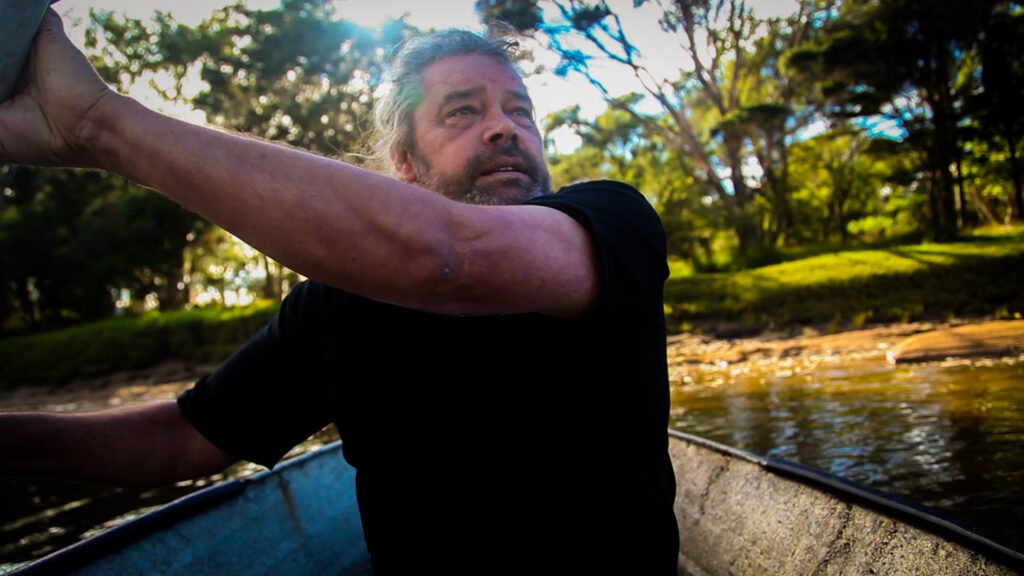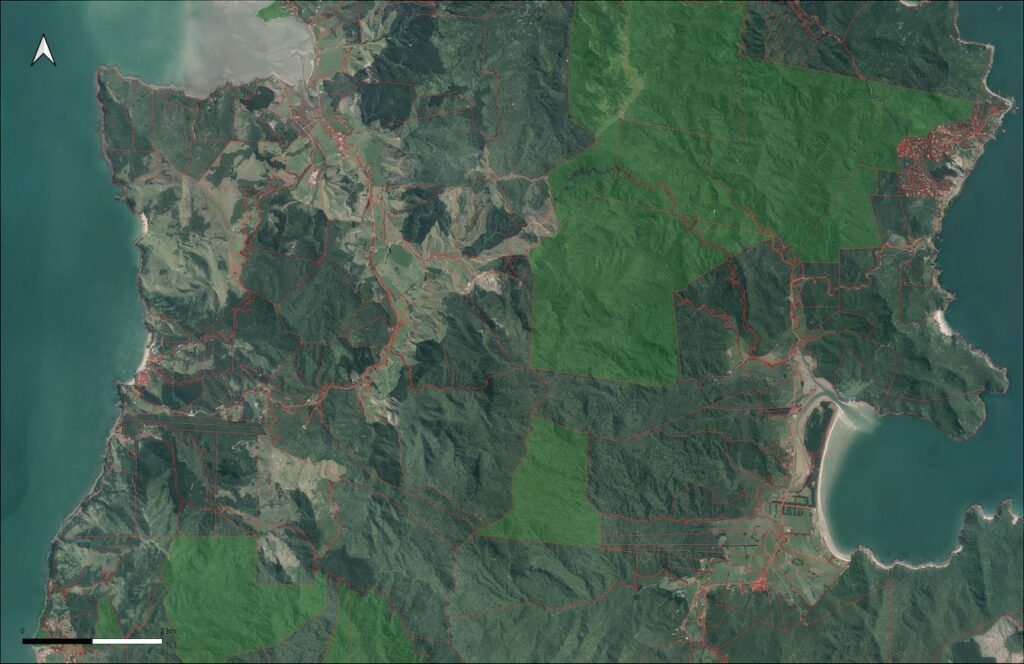Introduction
New Zealand has an amazingly high number of indigenous species which are endemic (found only in New Zealand) – this is a result of isolated evolution and the diversity of New Zealand’s land and coastal environments. This level of endemism is remarkable internationally, for example, the Coromandel Peninsula has a greater level of endemism than the whole of Great Britain. The uniqueness of our indigenous biodiversity means that responsibility for its continued existence is entirely ours; it cannot be conserved in nature anywhere else in the world.,
Large portions of the once-forested land have been cleared or significantly modified by human activity. Pre-European Māori utilised mainly coastal areas and forests were cleared for cultivation, fortification and living space. Nineteenth century Europeans had a much greater impact on the Coromandel region, with logging, milling, and mining playing an important part in the early economy. As these early industries dwindled, settlers began converting the less steep land to pasture. Large swamps were drained, destroying important habitats for the local flora and fauna. Native forests and wetlands took 80 million years to evolve and in 800 years, so much has been lost. However, some examples of the original native ecosystems remain, and forests are now regenerating – particularly across the northern Coromandel Peninsula (Figure 1).

The native and endemic species we have left really need help. About 1000 of our known animal, plant, and fungi species are considered threatened. Many populations of these threatened species have disappeared from areas where they were once found. This pattern of local loss is the forerunner to species extinction.
The Coromandel is one of the most extensively vegetated parts of the Waikato region, about 60 per cent of the Coromandel Peninsula is still covered in native vegetation (Figure 1), although much of it is recovering from over a century of logging, mining, and farming activities. The Coromandel Peninsula contains many Significant Natural Areas of exceptionally high ecological importance. The area is characterised by its ecological complexity and diversity, providing strongholds for many nationally threatened species, including several species which are only found within the Coromandel and nowhere else in the world.

Once heavily forested, today only 26% of the Waikato Region remains in native vegetation (mostly forest and scrub), fragmented into thousands of patches. Most of these remnants are in hill country; only 18% of pre-European vegetation is left in the vast lowland area, and only 5% in the coastal zone.



